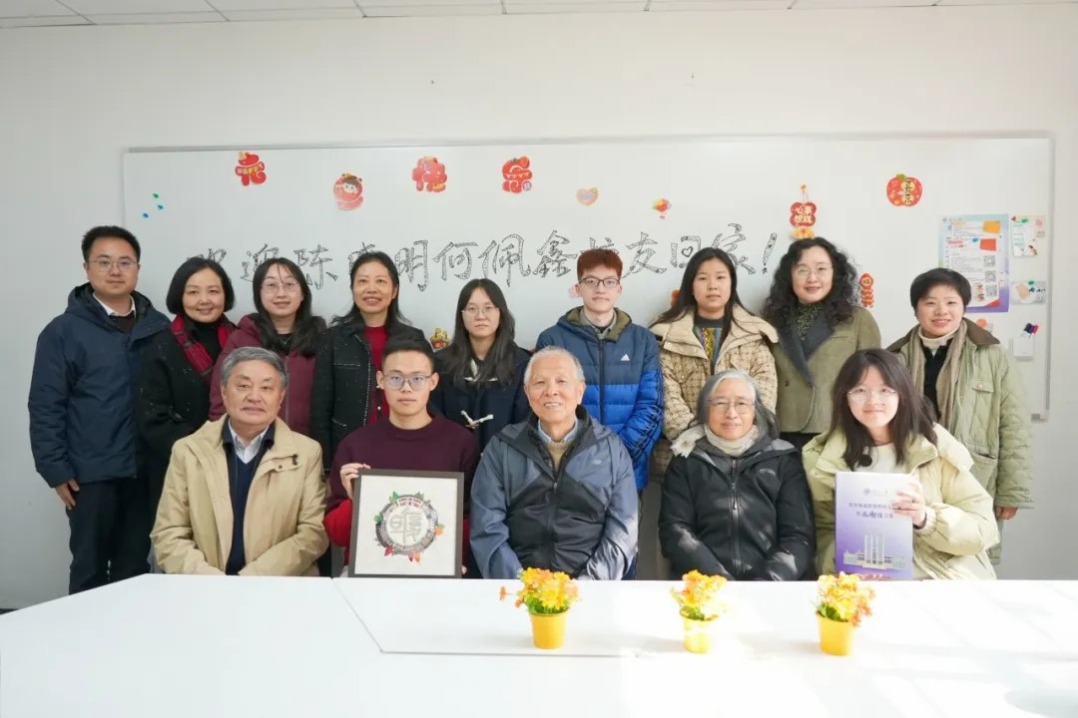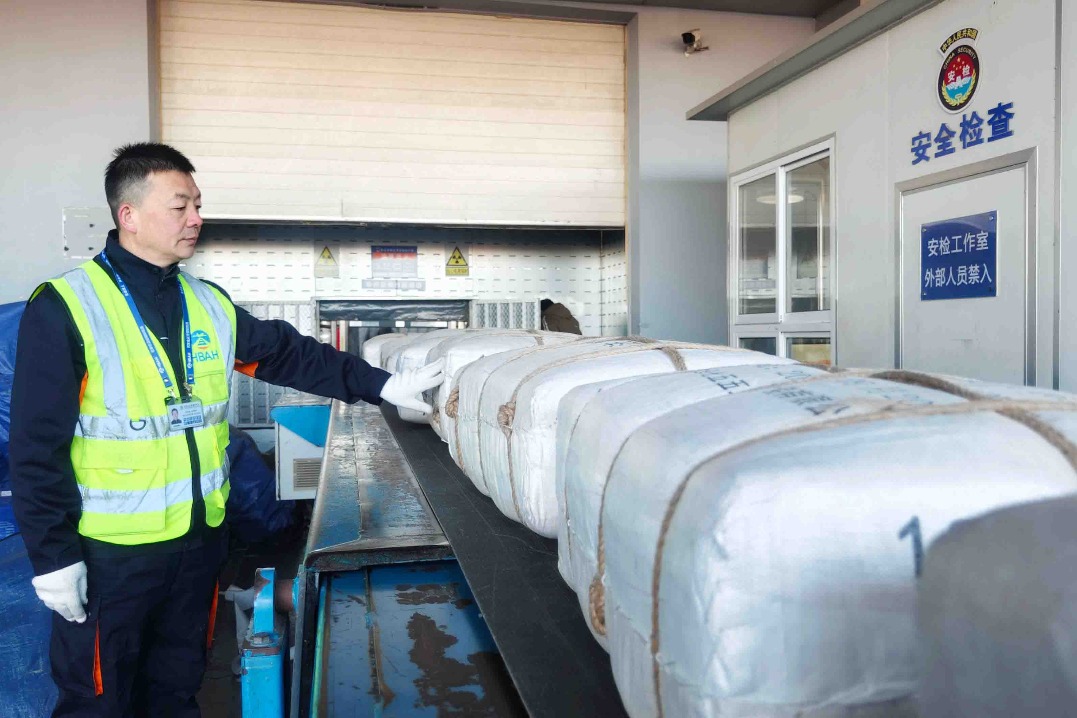Craftsmen preserve walnut carvings


Holding a black drill in his right hand like a pen, Su Jie is trying to make the lines neat on a walnut sculpture in his left hand.
The 35-year-old man has spent 16 years as a walnut carver. He has turned numerous fruit pits, mainly walnuts, into exquisite handicrafts in various patterns such as human figures, animals, architecture and landscapes.
Su is a resident at Houliuwuying village in Yongqing, a county in Langfang, Hebei province. The village is about 70 kilometers southeast of downtown Beijing.
Under the light of a desk lamp, Su sits on a chair and plays skillfully with his electric carving drill and other gravers, conducting a few finishing touches on the strawberry-sized work. He has spent three days on the piece.
"It's almost done. I need to clear out the lines of the figures on the walnut," Su said.
The intricate Chinese folk craftsmanship of walnut carving dates back to the Ming Dynasty (1368-1644), according to local historical records.
Back then, people would tie a small walnut-carved basket threaded on a red string around newborn babies' wrists when they were 100 days old, to celebrate their births and pray for felicity.
With the long history, the folk art and skill have been passed on from generation to generation and bring fortune to locals.
"My father had been a walnut carver for 50 years until several years ago when his eyes couldn't see things clearly," Su said.
He learned the skill from his father who was a student of Yang Enqi, he added.
Yang, the offspring of a family that was famous for carving walnut work pieces during the Qing Dynasty (1644-1911), was the first in Yongqing county who developed the art form into an industry in the 1970s.
Half a century later, the craftsmanship business in Yongqing has annual sales revenue of 2 billion yuan ($293 million) with more than 40,000 residents involved in related jobs, according to the local government.
"I have a handsome income from carving these walnut works," Su said and smiled shyly.
On average, he can earn about 15,000 yuan per month. "The more delicate my work is, the more money I can earn," he added.
He works at Five Dragons Carving Workshop in the village. His sculptures will be collected by the workshop's runner and used to make goods or handicrafts such as bracelets and necklaces.
Guo Jing, a 28-year-old woman who works at the factory as a threader, can make about 300 bracelets with carved walnuts per month. "It's pretty easy, after frequent practice," she said.
Also sitting in a chair, Guo threads a colored string through a carved walnut, swiftly ties a knot, and threads another one until a bracelet is formed.
She has worked two years as a threader and can earn about 3,000 yuan monthly.
"The work is interesting and not as tiring as my previous job in a supermarket," she said, adding that she used to be a shopping guide and needed to stand all day.
Besides the workshop Su and Guo work at, Yongqing county has more than 1,500 companies, factories and family workshops that make walnut sculptures and handicrafts.
In 2016, walnut carving craftsmanship was added to a protected list of Hebei provincial intangible cultural heritage.
Except for walnuts, olives and peach pits, locals also use other materials like stones and rice grains to carve sculptures.
The artworks are sold to cultural markets across the country, mainly in neighboring Beijing and Tianjin. They are also exported to countries including the United States, Japan and South Korea.
To protect the folk art, the local government founded a management community to supervise, support and serve the walnut carving industry.
In addition, training bases and schools have been established to nurture future generations for inheriting the skills.
- China records 26 percent drop in criminal cases
- Former vice-president of Beihang University sentenced to 12 years for bribery
- First China (Jilin) Real Image Conference promotes development of documentary industry
- Fishing manuals record China's early footprints in South China Sea
- Local & outsider doctors unite to aid Xizang quake victims
- Alumni couple lends a helping hand to needy students




































